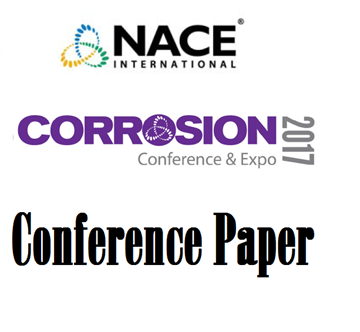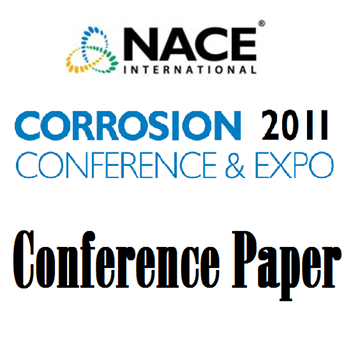Search
Toward Objective Evaluation Of FRP Corrosion Barrier Condition
Also Purchased
Structural Performance of FRP Materials After Subsea Long Term Immersion
Product Number:
51317--9183-SG
ISBN:
9183 2017 CP
Publication Date:
2017
$20.00
04612 Corrosion Resistance of Glass Fiber Materials - A Crucial Property for Reliability and Durability of FRP Structures in Aggressive Environments
Product Number:
51300-04612-SG
ISBN:
04612 2004 CP
$20.00
11369 Designing FRP Process Piping with IS 14692
Product Number:
51300-11369-SG
ISBN:
2011 11369 CP
Publication Date:
2011
$20.00
Recently viewed




